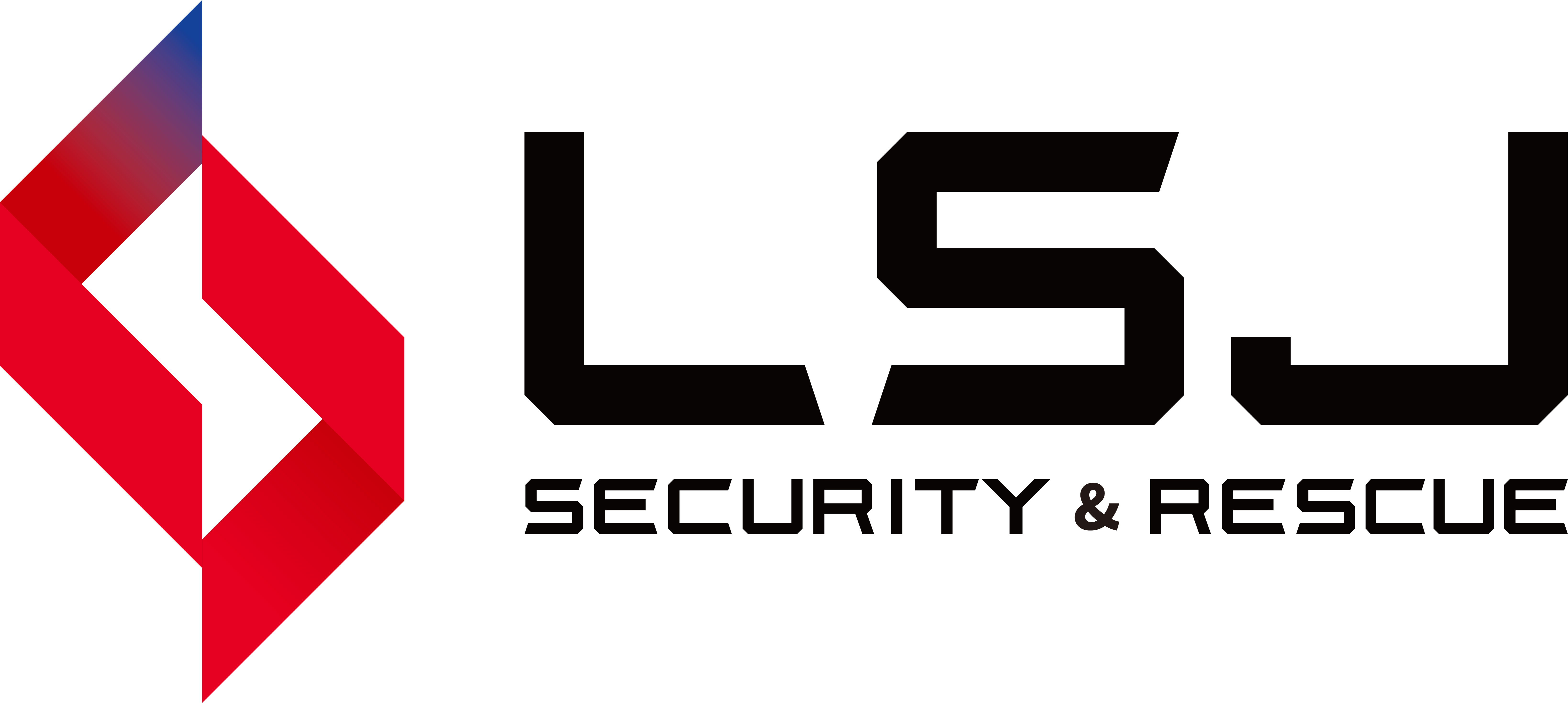Home /
Uncooled thermal imagers are a special kind of cameras which can see heat. They function simply by the implementation of microbolometers as sensors. Real scientific stuff — these sensors can feel infrared radiation (heat) and convert it into an electrical signal. Those signals are then composited to produce temperature difference images. Compared to other types of thermal cameras that need to produce very cold, uncooled does not require any such cooling and can operate in normal room temperature. That's a huge deal, as it means that these cameras can be smaller, lighter, and generally more affordable for anyone who wants one.
The science behind uncooled thermal imaging has made great strides since it was first introduced back in the 1960s. Today, using a better class of sensors that are much more sensitive and efficient; the same cameras deliver the equivalent of almost twice their original speed. This makes them very adept in detecting even the minutest temp changes and offers you a smooth, crisp idea of what is around. It is a little touch that can allow users of these cameras to see things that they could miss otherwise, invaluable in many situations.
Uncooled Thermal Imagers – Absolutely Perfect for Security They are small, inexpensive and good at detecting movement which is ideal for securing a space. Thermal cameras are able to detect heat signatures even in total darkness, and also through smoke, fog and other obstructions. These factors make them perfect for a variety of outdoor security applications through which they can be used to get a different look from difficult weather conditions without having trouble seeing it. Such devices can, for example, make it much easier for security personnel to identify intruders. These cameras can notify security teams in the event of a security concern and immediately indicate the exact location of that concern so security teams can respond within minutes, rather than hours or days.
Many industries are taking advantage of uncool thermal imaging. Needed to perform building inspections, maintenance checks, or electrical testing,depending on the model they can also do automotive diagnostics. These inspection can find leaks, heat loss, and other problems that may not be visible to the bud naked eye. They assist engineers in the electrical and mechanical industries to find overheating components and locate possible dangers before they become MSICIDE problems.
Uncooled thermal cameras in the automotive industry can inspect engine defects and car electrical system failure detection. In construction, thermographic cameras are used to detect moisture and water leaks in thermal insulation, radiant-floor heating systems, plumbing system & into walls; also they are employed to locate for temperature gradients causing heat loss leading to inefficiency within buildings. By doing so, this extensive diversity of uses only reiterates the importance of these cameras across areas.
In healthcare, uncooled thermal cameras are poised to revolutionize the way we detect and treat medical conditions. Emerging technologies make it possible for doctors to identify disease earlier, check the state of their health and measure how well treatments are working. For instance, these cameras can detect inflammation or irregular cell growth region that might be a precursor of cancer. Early detection is key in medicine as it can help achieve better patient outcomes.
Some animals like snakes, and the ground itself gives off heat so photographers have used uncooled thermal cameras as well in science research. In addition, they can help researchers keep track of experiments as they are running. Such cameras could be used to examine how thermal energy is dispersed within a body of water, or to monitor the temperature of a cell culture as an experiment progresses. Engineers will find this information useful but also scientists looking to unravel more of the mysteries about one another the systems operate.


Copyright © Beijing LSJ Technology Development Co., Ltd. All Rights Reserved - Privacy Policy